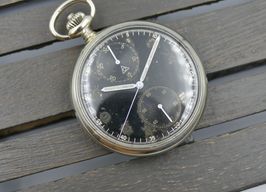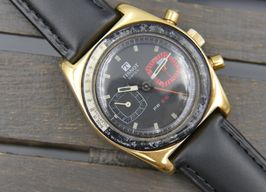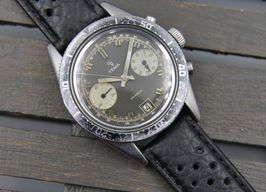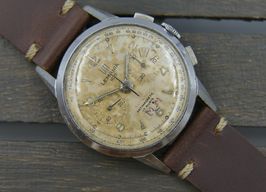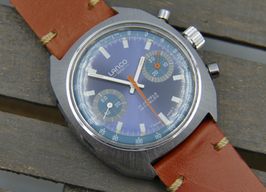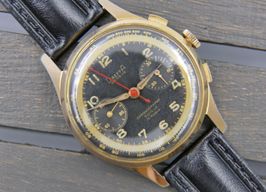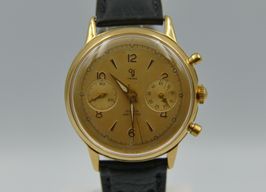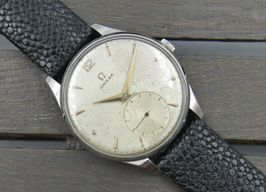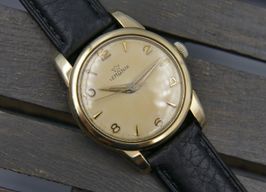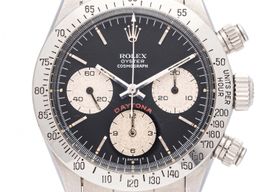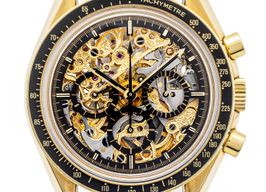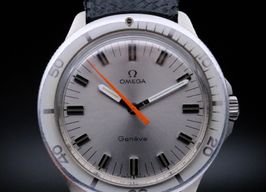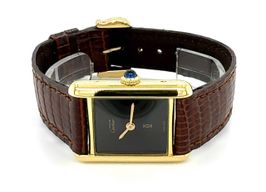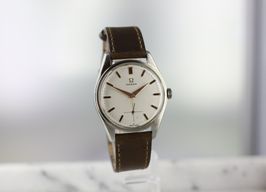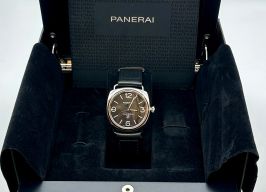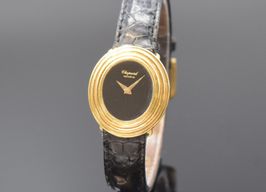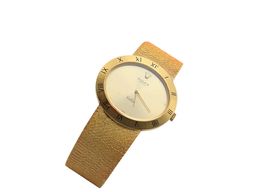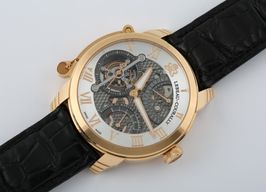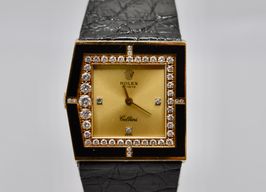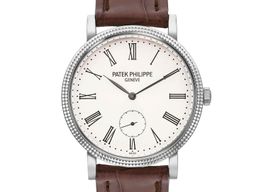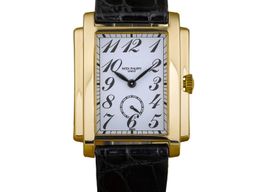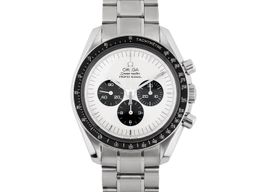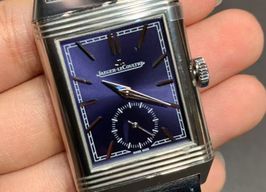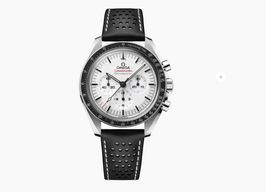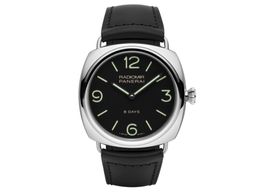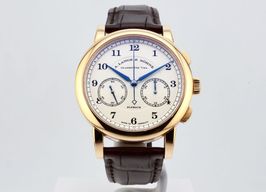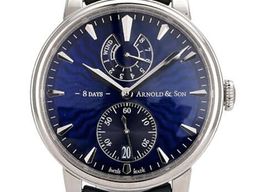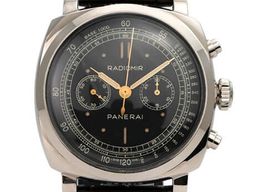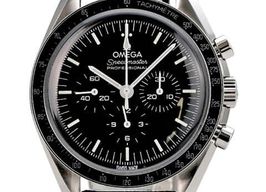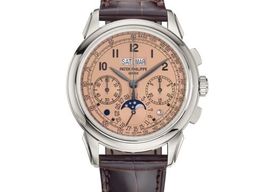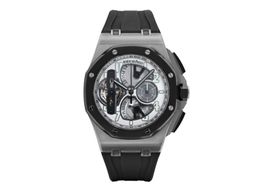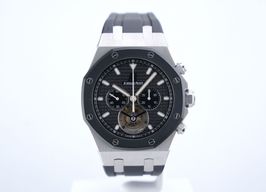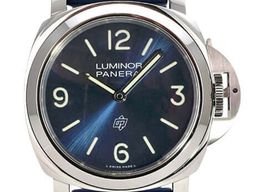
Hand-wound luxury watches
2.204 results
Sort by
- 100% Authentic watches
- Safe delivery or pick-up
- Warranty and easy returns

- 100% Authentic watches
- Safe delivery or pick-up
- Warranty and easy returns


Vacheron Constantin Patrimony
Patrimony Yellow Gold - 33003/000J-2
33003/000J-2Available
€ 7.440

DE
- 100% Authentic watches
- Safe delivery or pick-up
- Warranty and easy returns

Winding Watches
While automatic watches seem like they run on fairydust, manual winding watches give a feeling like they stay alive because of your carefulness. Before wearing a manual winding watch you make sure it keeps running by winding the movement, mostly via the crown, to ensure it helps you be on time another day. Unlike Quartz watches that run on batteries, or automatic watches that self-wind, manual winding watches demand a personal touch from the person who is going to wear it, to keep accurate time.
How do Manual Winding Watches Work?
The charm of manual winding watches lies in their simplicity, and their reliance on the human who is going to be wearing the watch. With each turn of the crown, the wearer manually winds a mainspring, which stores potential energy.
This energy is released through the escapement which gradually moves the gears and hands which tell you your time. While the winding may require a bit more effort compared to automatic watches, the winding of the watch becomes a ritual which connects the wearer to the timepiece.
Features of Manual Winding Watches
Because manual winding watches do not rely on any oscillating rotor, or any electronic components, the movement of a well-regulated manual winding watch can achieve high levels of accuracy, making it a very reliable option for a vintage or pre-owned watch.
The lack of a rotor on the bottom of the movement also causes the manual winding movements to be noticeably thinner compared to their automatic alternatives. Unlike quartz watches, mechanical watches do not rely on any form of battery.
History of Manual Winding Watch Movements
Manual winding watch movements have been around for ages, going way back to centuries ago. In the late 18th century, clever watchmakers started tinkering with manual winding mechanisms. They came up with these early versions that had winding keys or crowns, which you had to manually crank to make the watch tick.
As time went on, technology and engineering got better, and those winding mechanisms got even more reliable and efficient. Now, these watches are like living relics, carrying the legacy of watchmaking history and showcasing the amazing artistry that goes into them.
Care and Maintenance
When you opt to buy a manual winding watch, you need to take in to account that your watch demands some care and maintenance. Since manual winding watches have some very precisely machined moving parts, regular maintenance is vital for the well-being of the movement.
We recommend you service your manual watch at least once every six years, to make sure it will keep on telling you the correct time. In comparison to an automatic watch however, manual winding watches can cost less to service, because it does not have a constantly moving rotor which can cause wear.
Pricing of Manual Winding Watches
Manual winding watches, generally speaking, are a bit more costly than their battery powered counterparts, however they might be cheaper than the self-winding automatic watches.
An entry-level luxury manual winding watch from any big brand like Omega, Cartier, Breitling and more, will cost you anywhere upwards of €1.000, depending on the brand, age, materials used and complications of the watch.


